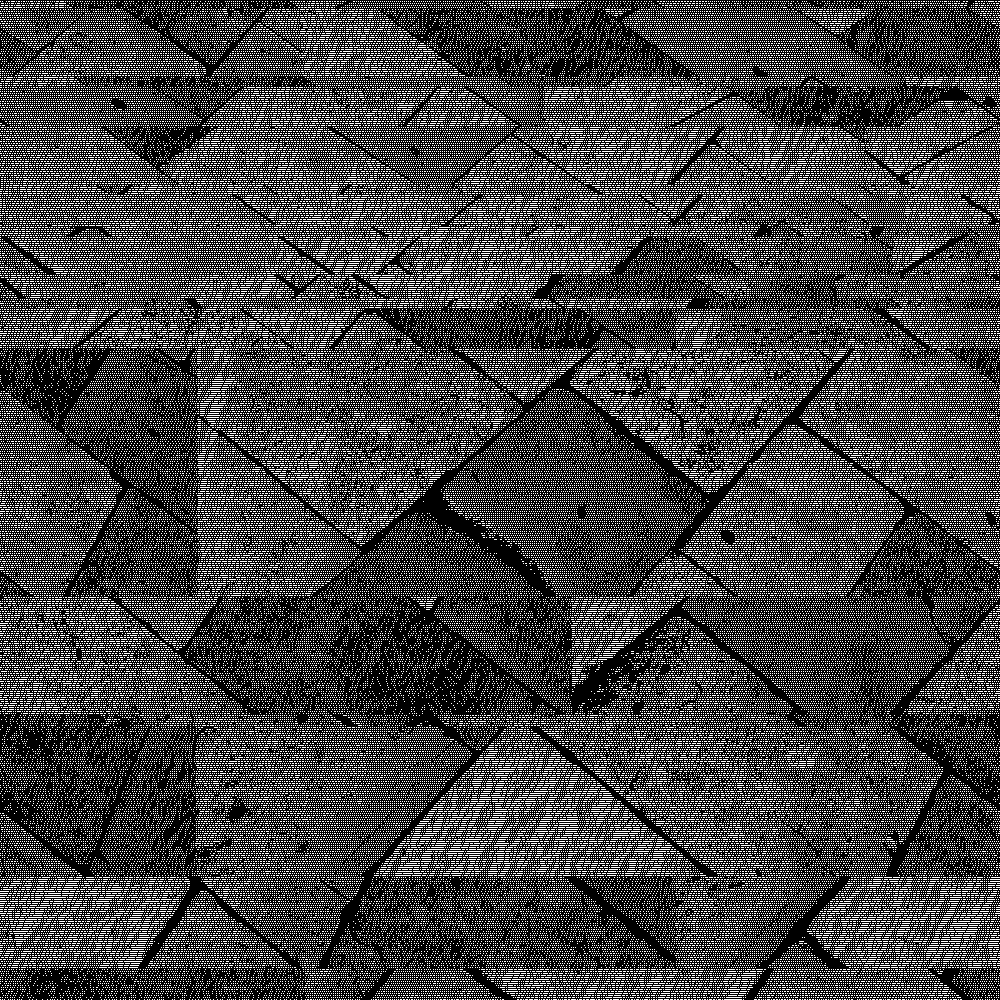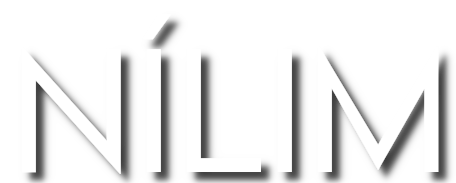Vocals and Mixing / 2025.11.17
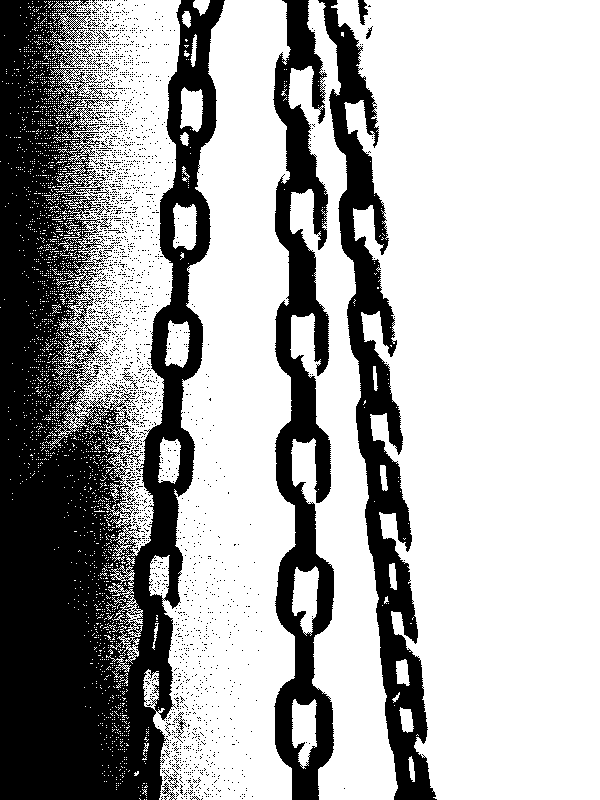
It is nearly a month since I updated anything here but I dove into the lyrics and vocals on the new music instead. It is not something I desparately enjoy doing but often like the result, so it ofen ends up being severely procrastinated. I forced myself to go in with lyrics half completed, but the simple theme in hand, to get things started but came away with everything written and only one song left to complete. This will be done this week.
There isn't as much to write on the method for this as diagrams are needless and again I have no photos. The setup is simple - a cheap mic on a stand, the same unknown model I use when I am jamming. A pair of headphones. No booth or pop shield or anything. The vocal style doesn't need much, it is simple again on purpose. Some delay and reverb in the VSTs in mixing, beyond general comp and EQ. Some of it is double tracked for emphasis but again it has to be performable live so it is straightforward.
The rest of the mixing is equally as blunt. Various compression, EQ, limiters and reverb across the different tracks but nothing outlandish and 99% of these are stock VSTs and JS effects that come with Reaper. Could it be better? Yes, but I won't punish myself for my level of skill here or get bogged down in fixing a mix that doesn't demand a lot of complexity. Should this project continue or shift in a different direction I might have to change the approach here, but as it stands I am satisfied with it.
I actually have art done but will do a post about that as the release comes together, likely will be ready to go early next month.
Notes from Recording Guitar / 2025.10.22
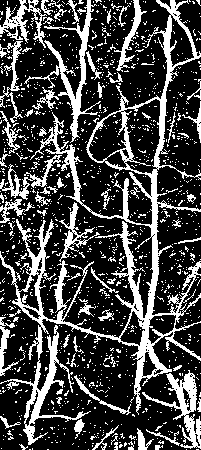
I hilariously have no photos from the actual recording session. So here's some rotting ivy vines from a few days some side of it.
My general mic setup for demoing in any of the bands is tame - an SM57 pointed to speaker cone centre at 45 degrees, about 6cm back on one cab, blended with a Superlux PRA628 hung directly cone centre on the opposite cone of a second cab, both 2x12"s with Celestions. The phase isn't perfect and the tones aren't spectacular on their own, but they play well with the rough room mix for demo'ing. This sits behind a little fabric and wood panel wall to isolate it a bit against drums. I blend as needed in Reaper.
This was the jumping point for tracking guitar again here, but I wanted to get a range of sounds off one take and try some different blends. I had three cabs: Top 2x12", Bottom 2x12", and Bass 2x10". What I ended up set up with was:
- GUITAR CABS:
- Top Left Cone:
- Shure SM57 / centred / 45° speaker axis left
- t.bone MB75 / centred / 45° speaker axis right
- As if the two capsules were 90° to each other, focused on one point about 5cm back from cone dead centre.
- Bottom Left Cone:
- Shure PGA52 / centred / on axis / 6cm back
- An absolute experiment but I'll come back to that...
- Bottom Right Cone:
- Superlux PRA628 / centred / on axis / 0cm - hanging in front.
- BASS CAB:
- Bottom Cone:
- Superlux PRA628 / Right of centre / 0° / 0cm.
- Literally strapped to the grille with cable ties.
- DI:
- Straight from the back of the Trace Elliot Elf.
- End of chain DI, very useful later.
This appears to be a mess of combinations, and actually leaves out two later deleted mics - drum overheads I positioned in the room for "air" that sounded absolutely horrendous no matter what I did, straight into the bin with those - but I wanted some variety for mixing later. I tracked the guitars twice (identically for left and right sides) with the five mics and DIs each time, and the pedal chain split as below. It took about 2-3 takes per song per guitar side, with some takes completed in one run, after multiple attempts.
In the worst case, I would still end up with at least the SM57 tracked twice and a "bass" DI so I could work with those and nothing would be lost. As it turns out, bar the deleted mics mentioned, everything else works well in blend with each other. Mixing is ongoing and vocals are left to record.
Writing and Testing / 2025.10.13
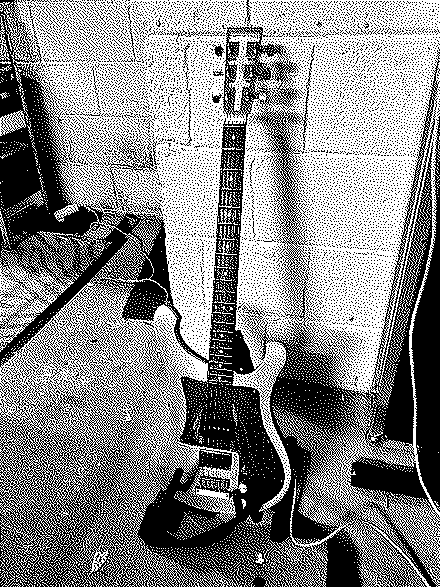
This is late because I have already tracked the guitar now but it makes no odds what order this is written in.
Around a week ago I took the ideas written at home out into the louder environment for testing on the main rig. The guitar remained the same - the core instrument in this being a Tides Aluminium Baritone - but put through a run of pedals and a tube amp at an uncomfortable volume, for rework.
I didn't intend on splitting out a "bass" channel, as mentioned, but I couldn't get the idea out of my head so wanted to quickly demo this first. If it works, great, but if there is too much tweaking, or if moving forward gets lost to the idea of what it could be, then it gets shelved.
Not only did it work easily and quickly, but it fit perfectly in and has recorded a treat and is currently proving useful in the mix (I'll be back to that another time).
The main test here is playability. Mentioned below in another way but to reiterate the point of simplicity and the approach: the songs should be playable live and performed "live" for recording. Allowing the lack of perfection and blunt approach to guide the performance of the songs makes them a little looser and more straighforward, which is the aim of the project in general so it works here.
Each of the songs was played through enough times to see what effects should be used where, some tweaks made thanks to the bass split, and portions of riffs tweaked a little but in general they were good to go. More on the actual tracking later, but they felt good loud and worked well as just one guitar and drum machine.
Some fun stuff now: Signal Chain. I will actually map this and upload a drawing later in the week, including the mic layout used (if I can remember the distance and positoning of one of them...) but for now a brief outline of the main part of it.
| GUITAR | |
| ↓ | |
Boss DD7 Delay
Used to split signal in two: Bass side 20-30ms behind Guitar | |
| ↓ | ↓ | |
| FX/BASS | DRY/GUITAR | |
| ↓ | ↓ | |
| Tuner | Tuner | Send from EVH 5150:
Return to Silencer |
| ↓ | ↓ | ↓ |
QFX Richter
Bass Overdrive, used to EQ and push the low end of the tone | EHX Silencer / Noise Gate with send & return.
Send/Return loops contains dirt, octaves, and Amp pre. |
| ↓ | Send:
↓ | Out:
↓ |
QFX Gold Clone
An Acapulco Gold with a gain knob, with the gain set low, used as a preamp. | QFX Sardonic Perpetrator
Harmonic Percolator Clone, used for main guitar shaping, always on. | EHX Canyon
Good delay, on a low volume tape-style setting to air out some spacier parts. |
| ↓ | ↓ | ↓ |
Trace Elliot Elf
A pocket-sized but powerful bass amp | Boss SY1
Synth Pedal, used for a thick Organ-ish setting | EHX Oceans 11
Desperately underused reverb, shimmer setting again for some fake synth sounds trundling on underneath at times. |
| ↓ | ↓ | ↓ |
| DI and Mic | Mooer Pure Octave
Unusually decent octaver, blended on -1 to thicken up some guitar parts | To 5150 Return |
| ↓ | ↓ |
| QFX Organics
Bass Overdrive, used for main Guitar dirt, pushes Amp into horror | Out to two 2x12s
Harley Benton cabs loaded with V30s, cheap and unstoppable. |
| ↓ | ↓ |
| EVH 5150
100w Tube, clean channel, low gain, high volume. | 4x Mics across speakers.Details on this later... |
| ↓ | |
| Send from 5150:
Return to Silencer. | |
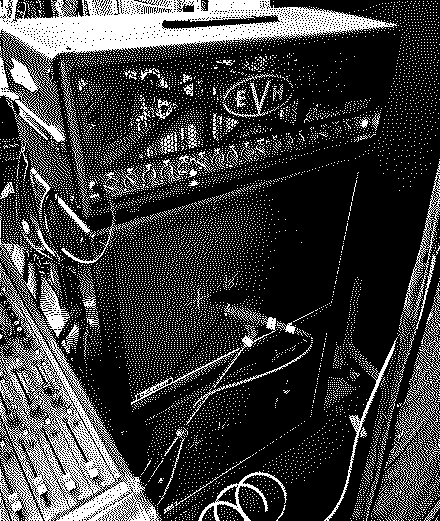
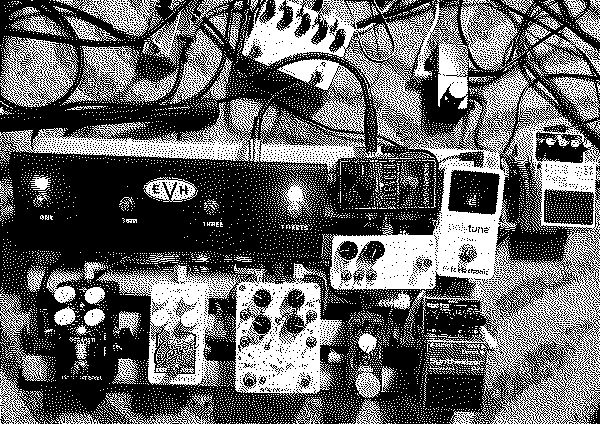
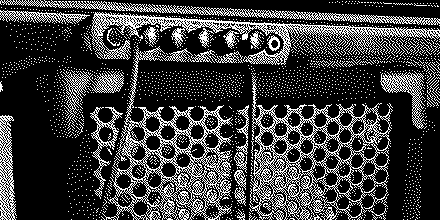
Process / 2025.09.23
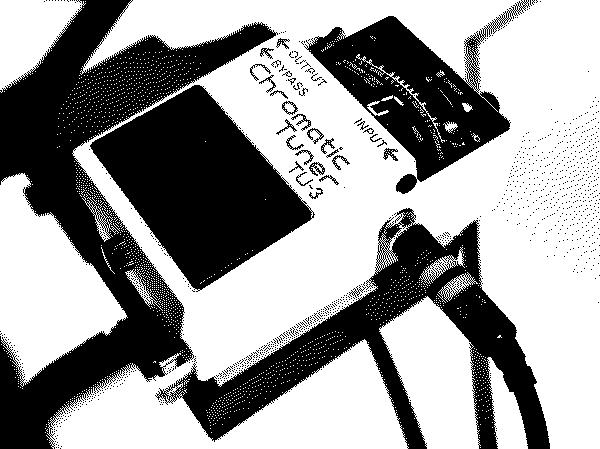
I never particularly know how to start nor do I intend on any updates here to be overly cohesive or coordinated, so I'll dive in sideways and fill in the gaps as it goes.
Part of the intention of the music in Nílim is simplicity. It has some various, simple, floating rules but primarily this simplicity is weighed in how performable it is with minimal equipment.
This has to lend itself to writing the music first and needs some restraint - which I barely have - so even as a method changes it still has to ultimately accomodate the planned result. The first two songs, the demo, were written very "live". It was loud and felt out, with the drum machine on a simple loop. After this, the MIDI was tweaked and the sounds tweaked and the guitar retracked in the jamspace at ridiculous volume, but it was kept in its main form.
Current new material was instead written at home, with the goal of rework in a loud environment rather than the initial writing. This, so far, has made the music slightly spacier and more varied, but was foricbly kept simple by input: Just a tuner and a DI. VSTs used were kept very bare, just stock settings on free Amp sims and one of the .js delays in Reaper. The big board and the big amp are kept for the next stage of things.
After toying with the idea of splitting a signal for a "bass" channel alongside the guitar, I think it goes against the idea of simplicity first, so this will be looked at again when retracking. I'll do up some signal chain notes when it gets there. For now, there's the "home board".

